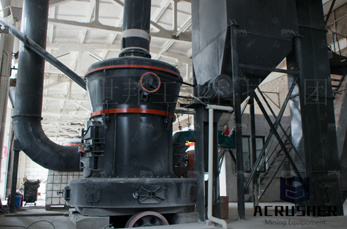
ANSWER: Gold IS a mineral. According to the American Heritage Dictionary, a mineral is a naturally occurring, homogeneous inorganic solid substance having a definite ...

Statistics and information on the worldwide supply, demand, and flow of gold and silver.

Gold is a mineral and was one of the first used by prehistoric cultures. It is appreciated for its physical appearance, its workability and its ability to withstand ...

· A brief introduction to minerals. Michael Sammartano. ... 10 Minerals More Valuable Than Gold Duration: 4:00. AZ Starwatcher 286,328 views. 4:00.

Where as minerals are natural occuring substances, ... Why is Steel not considered a mineral? Update Cancel. ... Why is gold considered a mineral?

Rocks and Minerals Dictionary Gold: Illustrated jewelry glossary. ... Pyrite (also known as fool''s gold) is a shiny, metallic mineral that is a form of iron.

Characteristics of ore minerals associated with gold at the Prestea mine, Ghana NAPOLEON Q. HAMMOND Geological Institute, University of Tokyo, 731 Hongo ...

What is a mineral? When you see a glittering crystal in our Museum you would probably say it was a mineral and you''d almost certainly be right.

Looking for Gold (mineral)? Find out information about Gold (mineral). metallic chemical element; symbol Au ; at. no. 79; at. wt. ; 1,degC;; ...

Gold isn''t a mineral per se, but metallic gold similar to that used in jewelry when it occurs naturally in the form of nuggets and flecks is a mineral, commonly ...

Minerals are important for your body to stay healthy. Your body uses minerals for many different jobs, including keeping your bones, muscles, heart, and brain working ...

a natural substance in the earth, for example coal, salt, gold, or diamonds. ... Definition and synonyms of mineral from the online English dictionary from Macmillan ...

Congratulations!!! You were right! Gold is a mineral. Gold can be a mineral. You may think of it as a metal, but native gold is a mineral too.

Gold follows all characteristics of mineral First: Its inorganic Second: It occurs naturally Third: Its a solid crystallized form Fourth: It has consistent chemical ...

How does Gold form? The most common natural method of concentration of gold is ... the fluids carried other dissolved minerals, such as quartz. This is why gold is ...

What is a mineral? The quiz! By now you should understand what a mineral is. Look at the objects below and remember what defines a mineral. Once again, a mineral is a ...

In situ or lode deposits are disseminations of metallic gold in quartz veins, traces of gold contained in certain sulfide minerals, ...

Gold is the most useful metal in jewelry. Rings, bracelets, necklaces, earrings, and many other jewelry items are fashioned from Gold, and Gold is the main precious ...

Rock and Mineral identification. ... Looks like gold, also called "fools'' gold" Feldspar. Mineral Color: White/pink Streak: colorless or white Layers: Texture:

Gold usually occurs in its metallic state, commonly associated with sulphide minerals such as pyrite, but it does not form a separate sulphide mineral itself.

What is a mineral? These are the characteristics of minerals followed by a brief explanation of each characteristic. Remember minerals have a different definition ...

Sulphide Gold. When properly characterised, sulphide complex gold ores can be efficiently processed using a Gekko flowsheet design.

2010 Minerals Yearbook Department of the Interior Geological Survey THE GAMBIA, GUINEABISSAU, AND SENEGAL August 2012 Revised March 2016

What is a nonsilicate mineral? A: Quick Answer. ... A few elements exist in pure form, such as gold, silver, lead, arsenic, copper, tellurium and bismuth.
 WhatsApp)
WhatsApp)